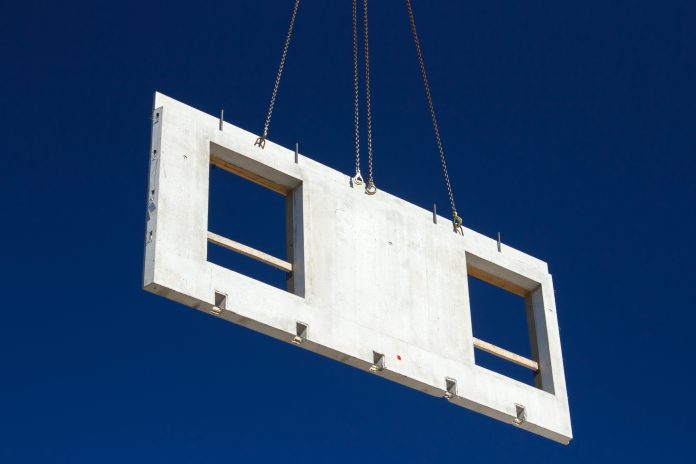Kashif Dafedar, digital products lead at CallisonRTKL, looks at the four key advantages of modular construction from a design angle, including greater flexibility, less pollution and construction waste, optimised energy and automation and cost efficiency
By successfully replicating the manufacturing process for the construction industry, we can potentially reduce both the cost and time taken for construction. As many already know, there are numerous advantages of modular construction as an alternative to on-site construction. While the transformation to modular construction is challenging, the benefits far outweigh the efforts significantly. Given this, let’s focus on four key benefits of modular construction methods compared to traditional construction methods.
Modular construction allows for greater flexibility
The modularity of the design allows the user to swap out parts of the habitat in the event of wear and tear or if upgrades become available. Individual panels can incorporate mechanical and electrical features, reducing the coordination needed on site. While the cumulative effort would not change, frontloading the coordination to assemblies on the factory line will significantly minimise the effort required to assemble a modular house. This will effectively reduce the cost of the unit without compromising the design, functionality and quality of the materials being used.
Advantages of modular construction include less pollution and construction waste
Traditional construction activities and generated waste are massive contributors to global carbon emissions, with buildings consuming around 50% of global materials and contributing approximately half of global waste. Aside from being an eye sore, neighbouring construction activities can be a prolonged and annoying source of pollution. On-site construction, with its use of heavy machinery, transportation and storage of materials, can be directly linked to increased carbon emissions both in the immediate vicinity and in terms of global climate change. Even a short-term construction project can cause irreversible damage to the ecosystem and deplete our already dwindling flora and fauna. While onsite construction activities are inevitable, modular construction has the potential to reduce the construction industry’s impact on the environment.
By shifting a large number of construction activities to a controlled location, such as a manufacturing factory, the pollution and waste produced can be better managed. The circulation of materials to and from development sites can also be optimised. In contrast, time on site can be reduced to only include essential construction activities to limit the effects on local ecosystems.
Modular construction methods optimise energy
Modular construction methods also provide an opportunity to make the design of buildings more energy efficient. The modules can come preconfigured for a certain climate and accommodate passive and active energy needs. The individual panels can have higher insulation according to the install orientation, and roof panels can have the option for Photovoltaic (PV) panels if needed. Considering these elements beforehand makes choosing sustainable options much easier for those involved.
Currently, one to two percent of the global population has direct access to architectural and design services. This is mostly because these services are a luxury only few can afford for an individual dwelling. Even most developers shuffle between two or three design layouts and limit their buyer’s choice of materiality and ability to customise the design of the building. If the construction process became more modular, it would provide users with new opportunities to access quality architectural services without making it too expensive.
Automation and cost efficiency of modular construction methods
An alarming issue currently facing the construction industry is the lack of skilled labour and an ageing workforce. This is an integral factor in increasing costs and deteriorating levels of quality. Issues such as these can be addressed by moving the construction activities under one single roof. Skilled employment can be sought from separate locations, and a strong team can be assembled to address the various needs of architectural construction.
The cost of construction can further be reduced by utilising automation on the manufacturing line. Like any manufacturing plant, repetitive tasks should be outsourced to the machine. This would significantly reduce the amount of time taken for production to be completed while maintaining a strict budget.
Overall, the positives of modular construction far outweigh the negatives. Many players in the construction industry increasingly understand the benefits and opportunities modular construction can offer in terms of better design. We expect this trend to continue over the coming years as more people learn the ins and outs of modular construction.












![[Video] Fireco: 80 new fire doors required for residential flats in London](https://www.pbctoday.co.uk/news/wp-content/uploads/2025/04/2024-06-01-Lords-view-one_1200x750_004-218x150.webp)

